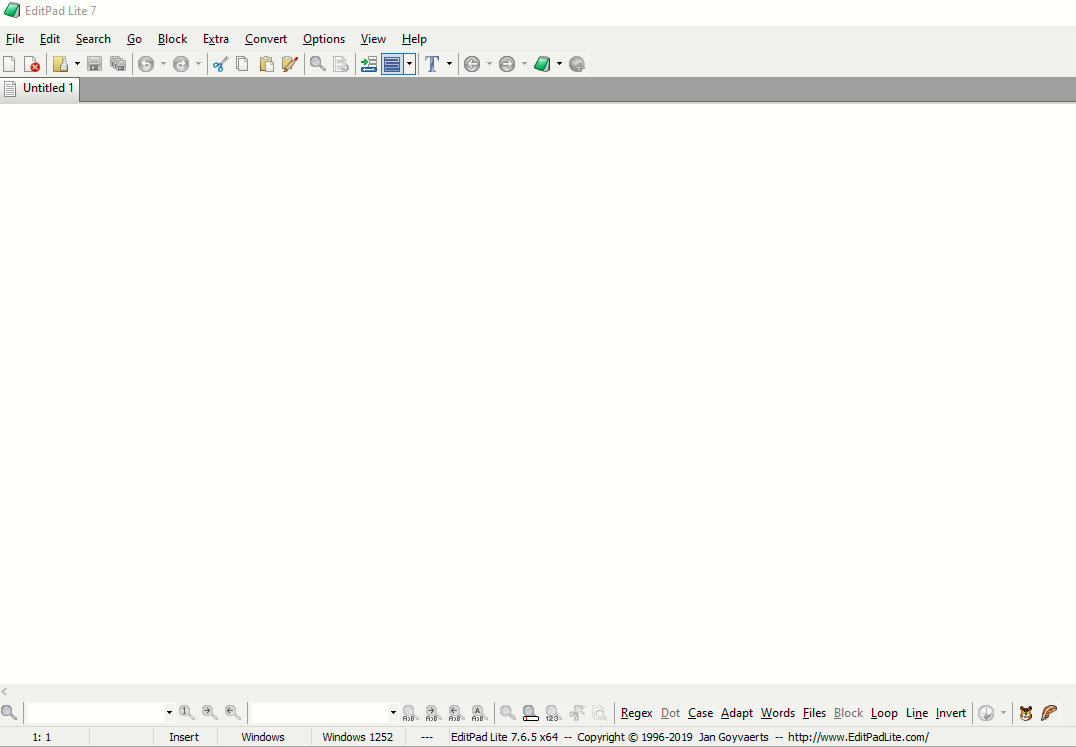

Southeastern European (Afrikaans, Catalan, Dutch, English, Esperanto, German, Italian, Maltese, Spanish, Turkish) Western European (Albanian, Basque, Breton, Catalan, Danish, Dutch, English, Faeroese, Finnish, French, German, Greenlandic, Icelandic, Irish Gaelic, Italian, Latin, Luxemburgish, Norwegian, Portuguese, Rhaeto-Romanic, Scottish Gaelic, Spanish, Swedish)Įastern European (Albanian, Croatian, Czech, English, German, Hungarian, Latin, Polish, Romanian, Slovak, Slovenian, Serbian) Oracle recommends that you use Unicode databases and data types. However, if your enterprise becomes more globalized and you have additional characters or new languages to support, then you may need to choose a character set with a greater character repertoire. If you have configured the environment correctly and if the database character set supports the entire repertoire of character data that may be input into the database, then you do not need to change the current database character set. If you put other values into the string (for example, by using the CHR or CONVERT SQL functions), then the values may be corrupted when they are sent to the database because they are not converted properly. This can lead to corrupt data if conversions are necessary.ĭuring conversion from one character set to another, Oracle Database expects client-side data to be encoded in the character set specified by the NLS_LANG parameter. When these settings are the same, Oracle Database assumes that the data being sent or received is encoded in the same character set as the database character set, so character set validation or conversion may not be performed. Setting NLS_LANG correctly enables proper conversion from the client operating system character encoding to the database character set. The character set that is specified by the NLS_LANG parameter should reflect the setting for the client operating system. Setting the NLS_LANG parameter properly is essential to proper data conversion. If you are using characters outside this set, then take care that your data is supported in the database character set that you have chosen. The following control characters: space, horizontal tab, vertical tab, form feed The following punctuation marks: % ' ' ( ) * +. Uppercase and lowercase English characters A through Z and a through z

The following CHAR and VARCHAR characters are represented in all Oracle Database character sets and can be transported to any platform: Even now there can be problems using certain characters across platforms. When character sets were first developed, they had a limited character repertoire. Because character sets are typically based on a particular writing script, they can support multiple languages. Different character sets support different character repertoires.


 0 kommentar(er)
0 kommentar(er)
